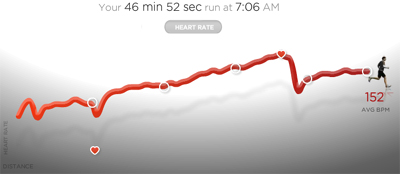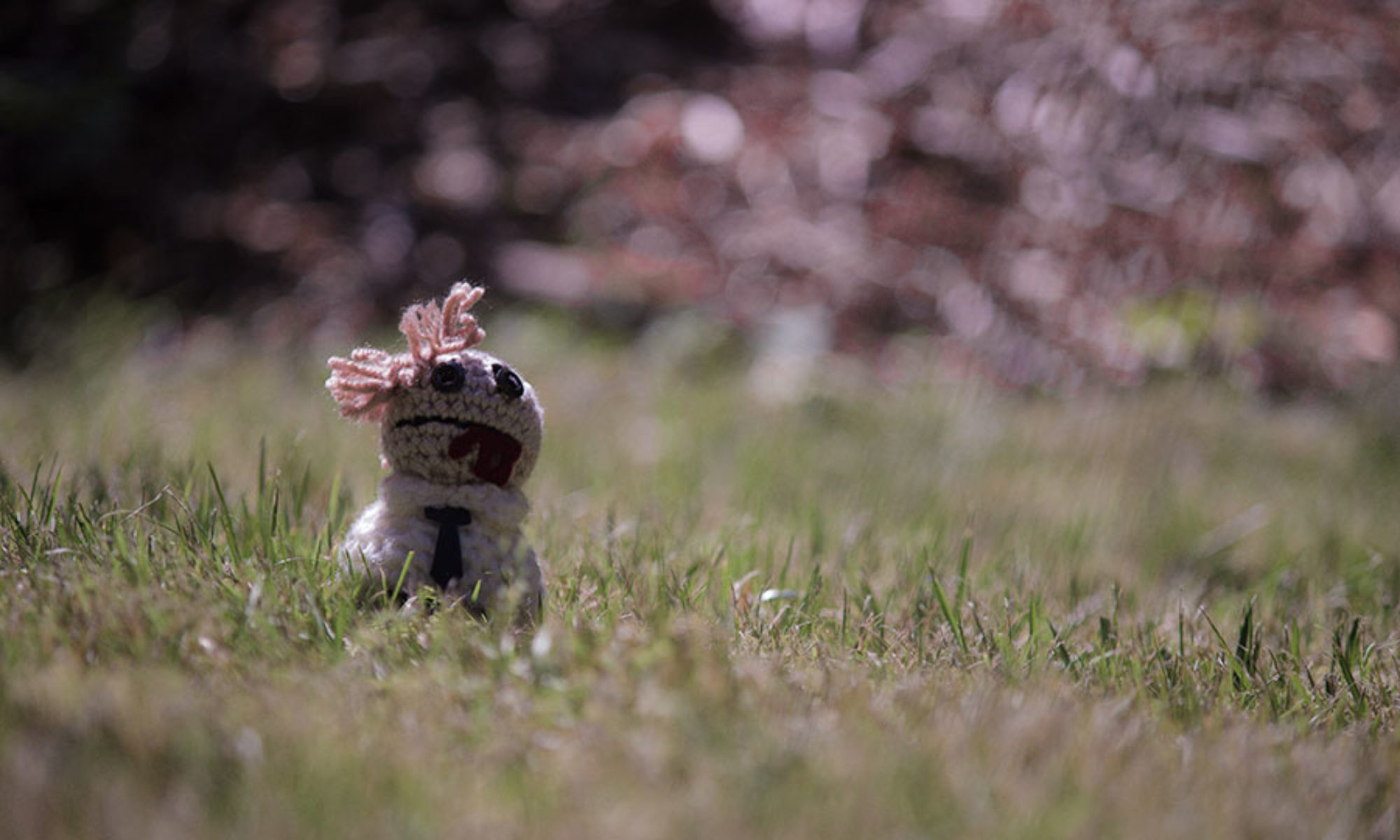Who knows what it is to be running?
Only he who is running, running, running, knows…
Ru-u-u-u-u-un! Ru-u-u-u-u-un!
Ru-u-u-u–u-u-u-unning knows!
Run running knows! Run running knows!Iphigenia in Brooklyn, P.D.Q. Bach, S.53162
As soon as I got out of the car and walked in the door this morning, I could smell that unmistakable aroma: ammonia. It meant only one thing, that I was burning protein on my morning (treadmill) run at the gym, instead of glucose. Not necessarily a bad thing, but in an amateur like me, it was probably a sign that I had been running too hard.
What’s too hard? I ran a warm-up mile at 6 mph (10 minutes per mile) then ran a “fast” 5k, the first half at 6.7, the second half at 7.1 mph. Over the last half mile I bumped the speed up to 7.3 and 7.5. The latter’s an eight minute mile pace, which I am capable of doing for about three miles, on a good day. And then a cool-down mile at 6 mph. Overall, didn’t seem too hard.
 Heart rate on the warm-up: about 155, easily ten BPM more than it should be for me at the speed, suggesting a bit of dehydration. On the first half of the 5k: 165, also a tad high, but not horribly so. Second half: 175, approaching my theoretical “max,” and understandable at that speed (for me). On the cool down mile: 160, too high, definitely due to dehydration. Note that after the 5k, resetting the treadmill to get on the cool down, my HR dropped to 120, so that last 160 was not merely slow recovery. And after the second cool down, my heart rate dropped below 120 in just a few minutes. My heart’s good an healthy.
Heart rate on the warm-up: about 155, easily ten BPM more than it should be for me at the speed, suggesting a bit of dehydration. On the first half of the 5k: 165, also a tad high, but not horribly so. Second half: 175, approaching my theoretical “max,” and understandable at that speed (for me). On the cool down mile: 160, too high, definitely due to dehydration. Note that after the 5k, resetting the treadmill to get on the cool down, my HR dropped to 120, so that last 160 was not merely slow recovery. And after the second cool down, my heart rate dropped below 120 in just a few minutes. My heart’s good an healthy.
Every once in a while, as I ran, I did little cadence checks, and pretty much every time I was hitting between 90 and 94 strides per minute (per foot). That was at all the different speeds, which means at the high speeds, I was taking longer strides. And this is supported by my Nike+ device, which was behind by about 3/10 if a mile—it was counting my usual stride length.
So, I’m concluding that longer strides burned up all my available glucose, and once the fast-twitch fibers where engaged, they remained engaged, eating up protein, as evidenced by my high recovery HR. That’s not the most scientifically rigorous conclusion, but we’ll see if I can apply it to my next run: if I’m going to run long, I need to keep that heart rate from cresting. No long bursts (yes, that’s an oxymoron).
The good news is that at no point where my muscles too tired to sustain the effort, nor was I ever out of breath. My calves and ankles weren’t too happy, but that’s a different issue altogether.

